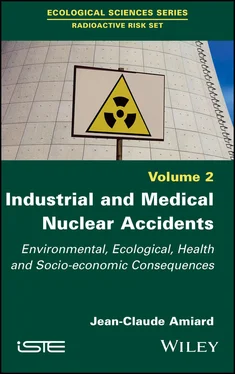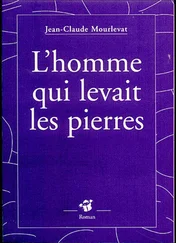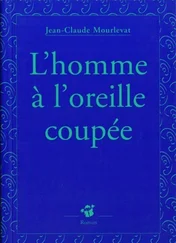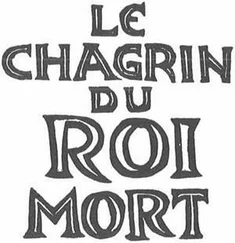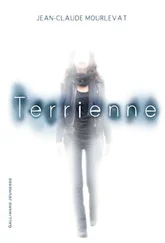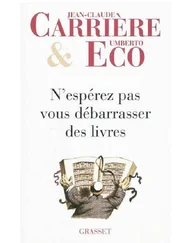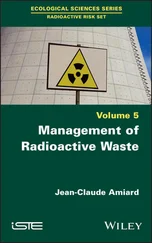5 Chapter 5Figure 5.1. Distribution of the number of radiological accidents according to th...Figure 5.2. Map of the Goiânia airport district showing the main radioactive con...Figure 5.3. Dose rates (μSv.h-1) around the DF house located on street 15A (adap...Figure 5.4. Plan of the junkyard and its vicinities in Bangkok (Thailand) (adapt...
6 ConclusionFigure C.1. Temporal changes in the numbers of accidents and the number of nucle...
1 Cover
2 Table of Contents
3 Begin Reading
1 v
2 iii
3 iv
4 xi
5 xii
6 xiii
7 xv
8 xvii
9 xviii
10 xix
11 xx
12 xxi
13 xxii
14 1
15 2
16 3
17 4
18 5
19 6
20 7
21 8
22 9
23 10
24 11
25 12
26 13
27 14
28 15
29 16
30 17
31 19
32 20
33 21
34 22
35 23
36 24
37 25
38 26
39 27
40 28
41 29
42 30
43 31
44 32
45 33
46 34
47 35
48 36
49 37
50 38
51 39
52 40
53 41
54 42
55 43
56 44
57 45
58 46
59 47
60 48
61 49
62 50
63 51
64 52
65 53
66 54
67 55
68 57
69 58
70 59
71 60
72 61
73 62
74 63
75 64
76 65
77 66
78 67
79 68
80 69
81 70
82 71
83 72
84 73
85 74
86 75
87 76
88 77
89 78
90 79
91 80
92 81
93 82
94 83
95 84
96 85
97 86
98 87
99 88
100 89
101 90
102 91
103 92
104 93
105 94
106 95
107 96
108 97
109 98
110 99
111 100
112 101
113 102
114 103
115 104
116 105
117 106
118 107
119 108
120 109
121 110
122 111
123 112
124 113
125 114
126 115
127 116
128 117
129 118
130 119
131 120
132 121
133 122
134 123
135 124
136 125
137 126
138 127
139 128
140 129
141 130
142 131
143 132
144 133
145 135
146 136
147 137
148 138
149 139
150 140
151 141
152 142
153 143
154 144
155 145
156 146
157 147
158 148
159 149
160 150
161 151
162 152
163 153
164 154
165 155
166 156
167 157
168 158
169 159
170 160
171 161
172 162
173 163
174 164
175 165
176 166
177 167
178 168
179 169
180 170
181 171
182 172
183 173
184 174
185 175
186 176
187 177
188 178
189 179
190 180
191 181
192 182
193 183
194 184
195 185
196 186
197 187
198 188
199 189
200 190
201 191
202 192
203 193
204 194
205 195
206 196
207 197
208 198
209 199
210 200
211 201
212 202
213 203
214 204
215 205
216 206
217 207
218 208
219 209
220 210
221 211
222 212
223 213
224 214
225 215
226 216
227 217
228 218
229 219
230 220
231 221
232 222
233 223
234 224
235 225
236 226
237 227
238 228
239 229
240 230
241 231
242 232
243 233
244 234
245 235
246 236
247 237
248 238
249 239
250 240
251 241
252 242
253 243
254 244
255 245
256 246
257 247
258 248
259 249
260 250
261 251
262 252
263 253
264 254
265 255
266 256
267 257
268 258
269 259
270 260
271 261
272 262
273 263
274 264
275 265
276 266
277 267
278 268
279 269
280 270
281 271
282 272
283 273
284 274
285 275
286 276
287 277
288 278
289 279
290 280
291 281
292 282
293 283
294 284
295 285
296 286
297 287
298 288
299 289
300 290
301 291
302 292
303 293
304 294
305 295
306 296
307 297
308 298
309 299
310 300
311 301
312 302
313 303
314 304
315 305
316 306
317 307
318 309
319 310
320 311
321 312
322 313
Radioactive Risk Set
coordinated by
Jean-Claude Amiard
Volume 2
Industrial and Medical Nuclear Accidents
Environmental, Ecological, Health and Socio-economic Consequences
Jean-Claude Amiard

First published 2019 in Great Britain and the United States by ISTE Ltd and John Wiley & Sons, Inc.
Apart from any fair dealing for the purposes of research or private study, or criticism or review, as permitted under the Copyright, Designs and Patents Act 1988, this publication may only be reproduced, stored or transmitted, in any form or by any means, with the prior permission in writing of the publishers, or in the case of reprographic reproduction in accordance with the terms and licenses issued by the CLA. Enquiries concerning reproduction outside these terms should be sent to the publishers at the undermentioned address:
ISTE Ltd
27-37 St George’s Road
London SW19 4EU
UK
www.iste.co.uk
John Wiley & Sons, Inc.
111 River Street
Hoboken, NJ 07030
USA
www.wiley.com
© ISTE Ltd 2019
The rights of Jean-Claude Amiard to be identified as the author of this work have been asserted by him in accordance with the Copyright, Designs and Patents Act 1988.
Library of Congress Control Number: 2019933513
British Library Cataloguing-in-Publication Data
A CIP record for this book is available from the British Library
ISBN 978-1-78630-334-9
The danger posed by radioactivity came to light a few days after the discovery of this phenomenon by the very person who discovered “uraniferous salts”, Professor Henri Becquerel himself, when a red mark and then a burn appeared on his skin within the space of a few days when he left a tube of radium in his jacket pocket. This did not prevent radioactivity from becoming a great attraction to the public, since it had amazing virtues. A person apparently just had to drink radioactive waters, consume food and use medicines containing radium, dress in wool containing radium, use radioactive cosmetics and have watches and clocks whose needles were luminous due to this radioactive element. This enthusiasm continued into the 1930s [AMI 13a].
The dangerous nature of radioactivity was confirmed by research scientists, such as Marie Curie, by uranium miners subjected to high levels of exposure to radon and its decay products, and by radiologists who irradiated themselves intensely at the same time as their patients, accumulating their exposure over time.
While the danger of radioactivity is well known today, radioactive risk is nevertheless tricky to estimate because it depends on numerous different parameters. Radiosensitivity is mainly a function of the intensity of exposure (dose), and also of the distribution of this dose over time (absorbed dose per unit of time). The effects on organic molecules of various ionizing rays (alpha, beta, gamma, neutron emitters) are very different. In addition, the radioactive risk depends on which radionuclide is involved, or rather, on the mixture of radionuclides affecting the organism.
Читать дальше
